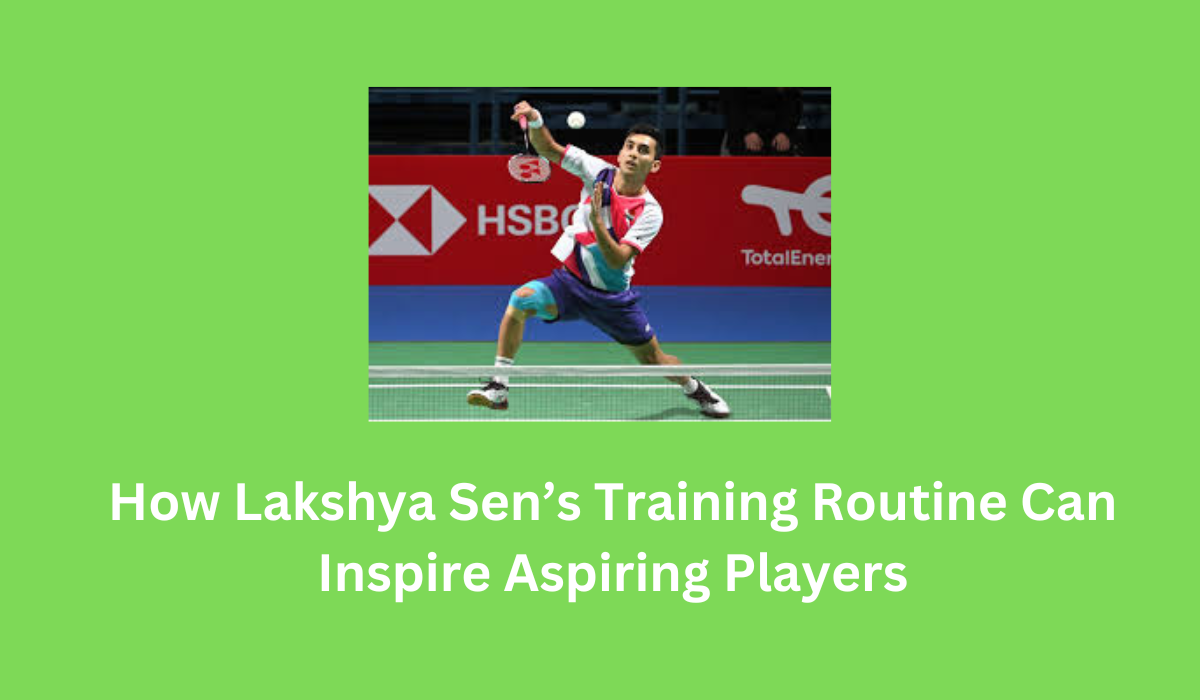Explore the dynamic world of double badminton strategies with our comprehensive guide. Uncover winning tactics, effective teamwork, and strategic plays to elevate your game. Discover the key strategies that will enhance your doubles badminton skills and lead you to victory on the court. Dive into our expert insights and take your doubles game to the next level with precision, coordination, and strategic prowess. (Want to learn single badminton strategies click here)
Table of Contents
1)Attacking Strategy:
In doubles, always make choices that improve your opportunities to play attacking shots — especially smashes and net kills. The reason for this is simple: smashes and net kills are the most effective winning shots. They’re not the only possible winning shots, of course; but at a high standard of play, most rallies will be ended by a smash or a net kill.
- Positioning: In doubles, one player usually plays at the net (frontcourt), and the other covers the backcourt. The player at the net focuses on intercepting opponents’ shots and creating opportunities for attacking shots.
- Communication: Constant communication is crucial. Players need to inform each other about their positions, intentions, and the type of shots they plan to play.
- Rotation: Players should rotate positions smoothly, especially during offensive plays. For instance, if the player at the net lifts the shuttle to the backcourt, they can switch places with their partner to maintain an attacking stance.
- Smash and Follow: The player at the backcourt should aim for powerful smashes to put pressure on the opponents. The player at the net should be ready to follow up with a quick net shot or a kill if the opponents manage to return the smash. Always play net kills when you get the chance. Never play a fancy show-off net shot or push, hoping to make yourself look clever. You’ll look pretty silly if your opponents scramble the shuttlecock back into play. I am frequently dismayed by club players who fail to play the kill. Many will only attempt a kill in the easiest of situations, preferring otherwise to take it easy and play a net shot, or even a lift. Similarly, never pass up the chance to play a decisive smash from the midcourt. Many players choose a drop shot here because they think it’s a clever variation. It’s not: you’re just handing your opponents a get-out-of-jail-free card. (Of course, drop shots can be an excellent variation — just not when you have the alternative of an almost-certainly-winning smash.) When you can play an effective attacking shot -If you have the chance to hit the shuttlecock downwards, use it immediately. Play smashes and drop shots, not clears. When no one can play an attacking shot Fight for the next attack. Someone is going to get it — either you or your opponents. The aim here is to make your opponents lift the shuttlecock so that you can start attacking. When your opponents are attacking Try to regain the attack with counter-attacking smash defense such as blocks, pushes, and drives. Only lift the shuttlecock if the opponent’s attack is too dangerous for you to play a counter-attacking shot.

2)Defensive Strategy:
When you are defending, you must actively seek opportunities to regain the attack.
Defending against the smash
There are four possible replies to a smash:
- Lift
- Drive
- Block to the net
- Push to the midcourt
Lifts
Lifts allow the opponents to continue smashing, but they are often necessary because the attack is too strong to be countered immediately. A poor counter-attacking shot will lose you the rally.
For example: under the pressure of a fierce smash, you try playing a block to the net, to regain the attack. Unfortunately, you fail to control the shot, and your block is too loose. The front player kills it.
Even at the world-class level, you will see many lifts. This is because the attack is ferocious, and the defenders are biding their time, waiting for a better opportunity to counter-attack: waiting for a smash that is just a little slower, less steep, or less well-placed.
So whenever you are unable to play a good counter-attacking shot, play a lift, and look for the next opportunity to counter-attack.
Drives
Drives are an excellent counter-attacking shot, especially against flat smashes. The main aim of a drive is to get the shuttlecock beyond the front player so that he cannot intercept it.
When the front player stands too far forward (say, on the short service line), drives are the shot of choice: it will be relatively easy to get the shuttlecock past him in this position.
If this happens, then you must still be prepared to fight for the attack. The rear player may be able to play a counter-drive or a shot to the net. Nevertheless, you have improved your situation greatly; and in many cases, your drive alone will be enough to gain the attack outright.
The front player will try to intercept your drive first, however. If he succeeds, you’re probably in trouble.
Blocks to the net
A block to the net is a direct challenge to the front player. Blocks are especially effective when the front player stands farther back from the net, in a position to intercept drives.
Your blocks mustn’t be too loopy and slow; they need a bit of pace. Playing a slow block gives the front player too much time, and he will meet the shuttlecock almost as it crosses the tape (then you lose).
If you play a block, follow it into the net. This is standard even when you have blocked cross-court because you can start moving before your partner realizes what shot you played (and your partner will also be well placed to become the rear-court attacker). The only common exception is for the man in mixed doubles, who should usually leave his woman partner to take the net position.
Following the block means you can challenge the front attacker for control of the net, pressuring him to play a lift. If you just hang back and watch your shot instead, he can play a net shot — even a loose one — because no one is covering it.
Pushes
A push is much the same as a block but with extra pace. Unlike a block, however, you’re aiming to get the shuttlecock just past the front player, to fall in the midcourt.
As with drives, pushes can be more effective when the front player has moved farther forward than usual. Because pushes are slower than drives, however, it’s more difficult to sneak one past the front player; if you succeed, then the back player will probably be forced to play a lift.
Successful pushes are among the best counter-attacking shots, but you need good judgment to spot the right time to use them. They are usually more risky than drives, but also more rewarding.
Defending against drop shots
Your choice of reply depends heavily upon how early you can take the shuttlecock. Most of the time you will be reaching it well below net height, and here your only viable option is a lift.
If you can reach it earlier, however, you should consider counter-attacking shots. The best shot is a net kill, but this is only possible when your opponent has played a very weak shot. Nevertheless, this does happen, even at the highest levels of play; and you must make the effort to take advantage of your opponent’s mistake!
If you are taking it slightly below net height, then net shots, drives, and pushes are good options (again, use the push to get the shuttlecock past the front player, but in front of the rear player).
Be careful of playing a drive if it will travel to the back player’s forehand
- Solid Defense: Both players should focus on maintaining a strong defensive position. The player at the net should be quick to block and counter-drop shots, while the player at the backcourt needs to be ready for clears and defensive lifts.
- Lifts and Clears: If the opponents are continuously attacking, players should resort to lifting or clearing the shuttlecock high and deep to buy time and regain control of the rally.
- Intercepting Drives: When opponents play flat and fast drives, the player at the net can attempt to intercept with quick blocks or counter-drives. This helps in redirecting the pace and surprising the opponents.
- Patience: It’s essential to remain patient during long rallies and wait for the right opportunity to switch from defense to offense. Avoid taking unnecessary risks and focus on returning the shuttle with control.
Remember, adaptability is key in doubles badminton. Players should be able to switch between offensive and defensive strategies based on the game situation and opponents’ playing style. Effective communication and coordination with your partner are vital for successful doubles play
3)NetPlay and Midcourt Control:
The real magic happens when net play and mid-court control harmonize. It’s about anticipating each other’s movements, strategically rotating positions, and executing precise plays that keep opponents guessing. In the exhilarating world of doubles badminton, the synergy between players and the mastery of specific strategies can be the game-changer. Two critical elements that propel a doubles team to victory are net play and mid-court control.
The Significance of Net Play
A Tactical Advantage
Netplay is the heartbeat of successful doubles badminton. It involves dominating the area close to the net, putting pressure on opponents, and dictating the flow of the game. By mastering net play, you not only control the pace but also create opportunities to launch offensive strikes.
Techniques for Net Play Excellence
- Sharp Volleys: The foundation of effective net play lies in mastering the art of volleys. Develop swift and accurate volleys to keep opponents on their toes and set the tone for the rally.
- Strategic Drop Shots: Surprise your adversaries with well-timed and disguised drop shots. These not only catch opponents off guard but also open up chances for your team to seize control of the net.
- Lobbing Mastery: Integrate strategic lobs into your net play arsenal. This adds unpredictability to your game, making it challenging for opponents to anticipate your next move.
The Mid-Court Chess Game
Navigating the Critical Zone
Mid-court control is the bridge between defense and offense. Positioned between the net and the back boundary, controlling this area allows your team to intercept shots, launch counterattacks, and maintain a dynamic presence on the court.
Strategies for Mid-Court Dominance
- Agile Footwork: Rapid lateral movements are the key to mid-court mastery. Develop agility to cover ground efficiently, enabling your team to transition seamlessly between defense and offense.
- Powerful Clears and Drives: Employ commanding clears and drives to dominate the mid-court. This not only puts pressure on opponents but also creates openings for your partner at the net.
- Effective Communication: Seamless communication is paramount. Establish clear signals with your partner to coordinate movements and ensure a synchronized approach to mid-court control.

4)Serving and Return Strategy:
- Service Variety: Both players should have a repertoire of serving techniques. Short serves can be used to disrupt opponents’ rhythm, while flick serves can surprise them and force a weak return.
- Covering Service Returns: After serving, the server’s partner should be prepared to cover different areas of the court based on the opponent’s likely return. This ensures that the team is not vulnerable to counter-attacks.
5) Quick Transition Between Offense and Defense:
- Counter-Attacks: Transitioning smoothly between offense and defense is crucial. If the opponents play a defensive shot, the attacking team should be quick to capitalize on the opportunity, either with a powerful smash or a deceptive drop shot.
- Covering the Gaps: Players need to be aware of the open spaces on the court. If one player moves to cover a particular area, the partner should adjust their position to cover potential gaps and maintain court coverage.
6)Psychological Warfare:
Mind Games
Doubles badminton involves not just physical prowess but also psychological tactics. Varying the pace, using deceptive shots, and exploiting opponents’ weaknesses can create mental pressure and force errors.
Maintaining Composure:
It’s important for players to stay composed, especially during critical points. Maintaining focus and controlling emotions contribute to a more effective and strategic game.
Adaptation to Opponents:
- Scouting Opponents: Understanding opponents’ playing styles, strengths, and weaknesses is essential. Adapt the strategy based on the opponents’ tendencies during the match.
- Quick Adjustments: Be ready to make quick adjustments in strategy during the game. If a particular tactic is not working, don’t hesitate to switch to an alternative approach.
Remember, successful doubles badminton relies on the synergy between partners, effective communication, and a dynamic approach to the game. Regular practice and a deep understanding of each other’s playing styles contribute to a formidable doubles partnership.












